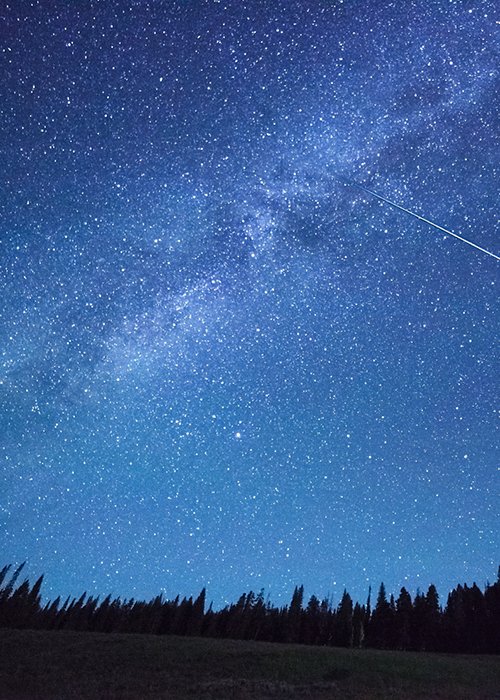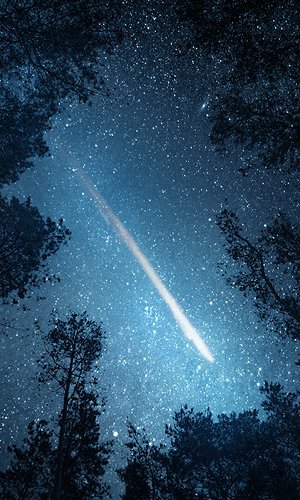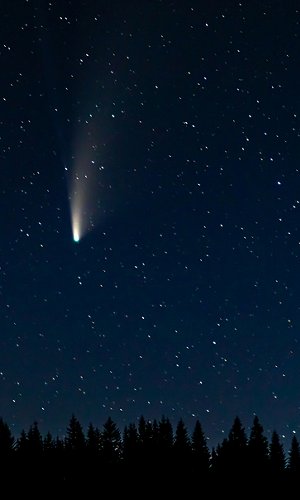n Italy, St. Lucy’s night is known traditionally as “the shortest night of the year”, but due to the passage of the Geminid meteor shower, it will also become the “brightest night of the year”. In fact, the night between the 13th and 14th December coincides with the period of maximum activity of the December meteor shower, the Geminids, which are no less numerous and bright than the Perseid meteor shower, on the St. Lawrence’s night.
These December shooting stars suddenly appear in the sky as luminous trails lasting a few seconds. The radiant point, that is the point from which the meteors appear to radiate, is close to the star Castor, in the Constellation Gemini (from which they take their name) north west of the well-known Orion’s Belt. However, you do not need to know all the constellations, since the meteor shower will be visible in a large part of the sky.






